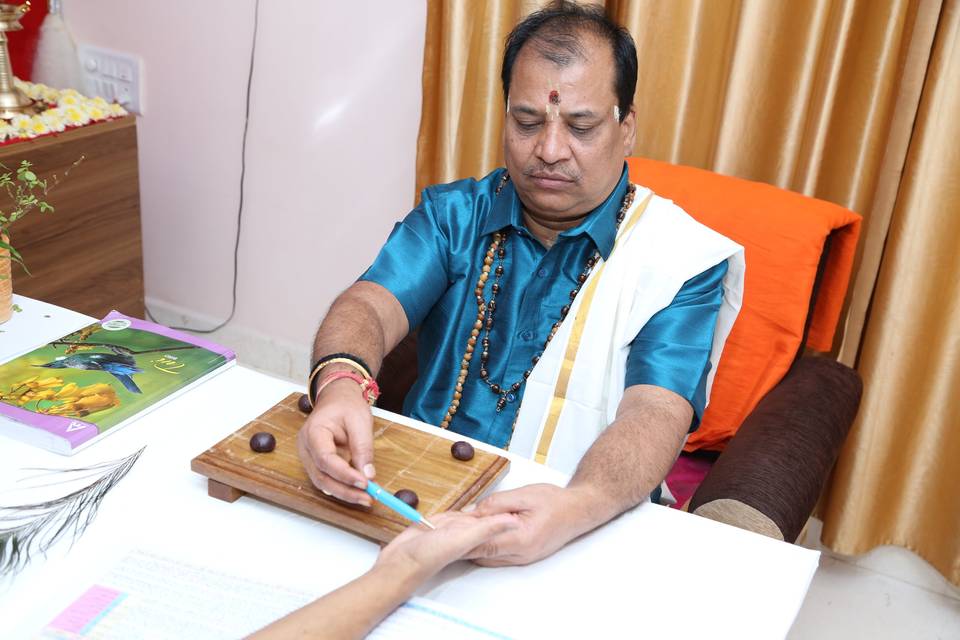While astrology is very useful in deducing your future, one must also know what they are getting into. The belief in astrological correspondences between celestial observations and earthly events has significantly influenced different aspects of human history. This includes shaping worldviews, language, and various elements of social culture over time. In this article, we are going to take a look at the history of astrology and how it shapes the very landscape of India. Not once, but many times indeed. Let us begin. To find the best astrologer in Manikonda, keep reading.
Roots in West Eurasia
Astrology, which started around 3000 BC, was initially a way for people to predict seasons and interpret messages from the divine through celestial cycles. Until the 1600s, astrology was seen as a serious and scholarly tradition, influencing fields like astronomy, politics, and culture. It even played a role in studies like alchemy, meteorology, and medicine. However, as scientific ideas like heliocentrism gained popularity in the late 1600s, astrology lost its academic credibility and became seen as a pseudoscience. Modern scientific research has shown that predictions based on astrology are not reliable. A finger in every pie.
Popularity in Modern Times
In the 1900s, astrology became more popular among the public, thanks to things like horoscopes in newspapers.
Astrology is basically about finding meaning in the sky. It tries to understand how the planets and other things in space influence human behavior. Some say it all started when people began to measure, record, and predict changes in seasons based on the sky.
A long time ago, about 25,000 years ago, people started marking bones and cave walls to keep track of the moon’s cycles. This was a way to understand things like tides and rivers. As farming became more important, people also learned about constellations – groups of stars that appear in the sky at different times.
Vedic Period
In ancient India, astrology, known as jyotiṣa, was first mentioned in the Vedic period. It was considered a part of the Vedic religion and listed as a Vedanga, a branch of the Vedas. The surviving work from this time is called Vedanga Jyotisha, which gives rules for tracking the movements of the sun and moon over a five-year cycle. The exact date of this work is uncertain, but it seems to be from the last centuries BC, possibly even earlier in the 2nd millennium BC.
The Art of Jyotisha
In India, astronomy and astrology developed together. The earliest guide on astrology called the Bhrigu Samhita, was put together by the sage Bhrigu during the Vedic era. He’s often referred to as the ‘Father of Hindu Astrology’ and is one of the seven revered Vedic sages known as the Saptarishis. These sages are represented by the seven main stars in the Ursa Major constellation. In modern times, every celebrity has visited an astrologer at least once in their lifetime. However, a lot of it is also fraud.
Bhrigu Samhita
The history of Jyotisha, which is now known as modern horoscopic astrology, is linked to the interaction between Indian and Hellenistic cultures during the time of the Greco-Bactrian and Indo-Greek Kingdoms.
The oldest surviving writings on this subject, like the Yavanajataka and the Brihat-Samhita, date back to the early centuries AD. The oldest astrological book in Sanskrit is the Yavanajataka, written by Sphujidhvaja around 269/270 AD. It’s a versification of a Greek work by Yavanesvara from the 2nd century AD, done under the patronage of the Indo-Scythian king Rudradaman I of the Western Satraps. This ancient book, written on tree bark, is said to contain five million horoscopes covering people from the past and future.